Blockout of the island in Maya.
Initial sketch of the island for which the modular buildings were needed.
Planing of the modular kit for the buildings.
Reference board
Granular Kit
Two types of kit were created - a normal kit (chunky) and a granular kit. The difference is that in the granular kit the modules are half the length and allow building more complex shapes. The normal kit on the other hand helps to build houses faster, but only simple shaped houses are possible. The essential modules are presented below.
The animation shows the great variety of houses you can build with the kit. You also can swap individual modules like the windows and door.
Vertex painting is a common technique used to add variety to textures and break the repetitive pattern of tiled textures. The downside is that your module geometry must be dense to be painted precisely. You can swap textures and colors for more variety.
Deferred decals are great for adding small details like cracks, dirt and moss. In my case, I use them to add paint and patterns to the facades.
The final layer of variety you can add is by using set dressing and props.

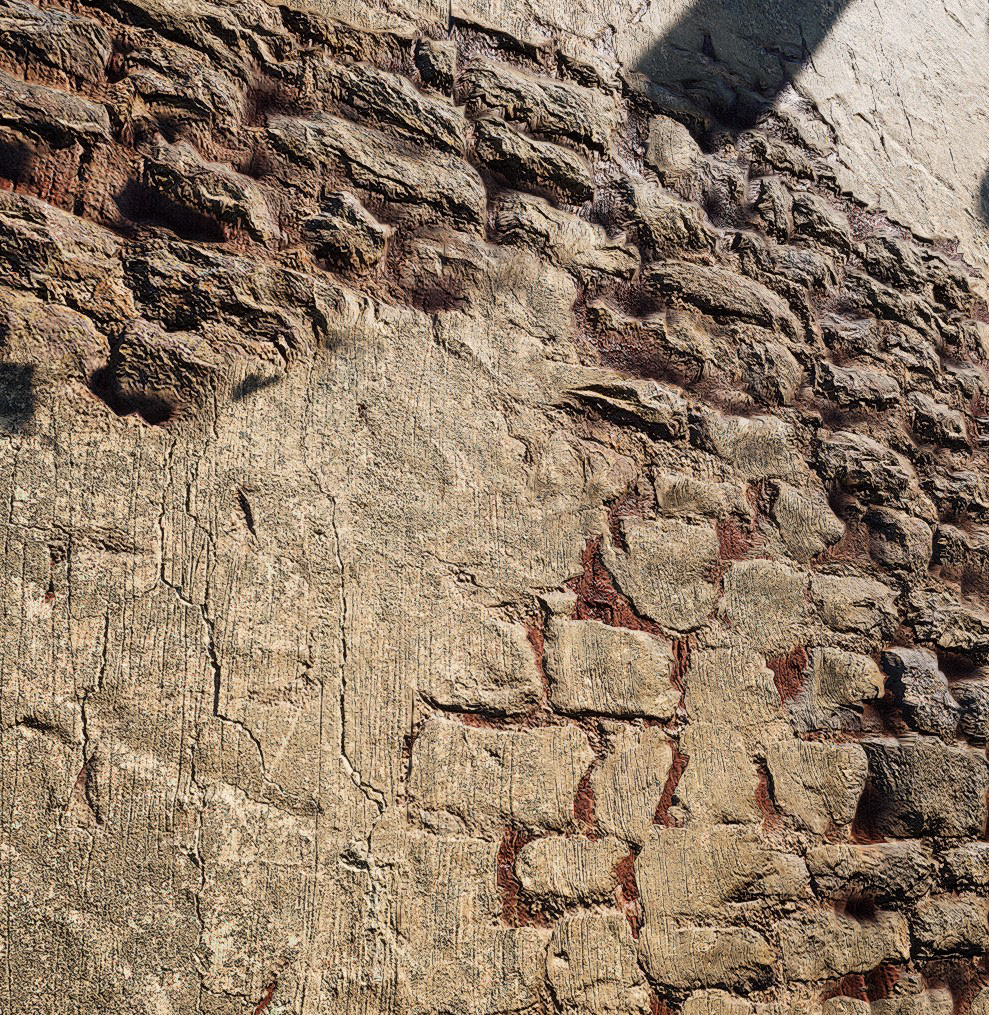
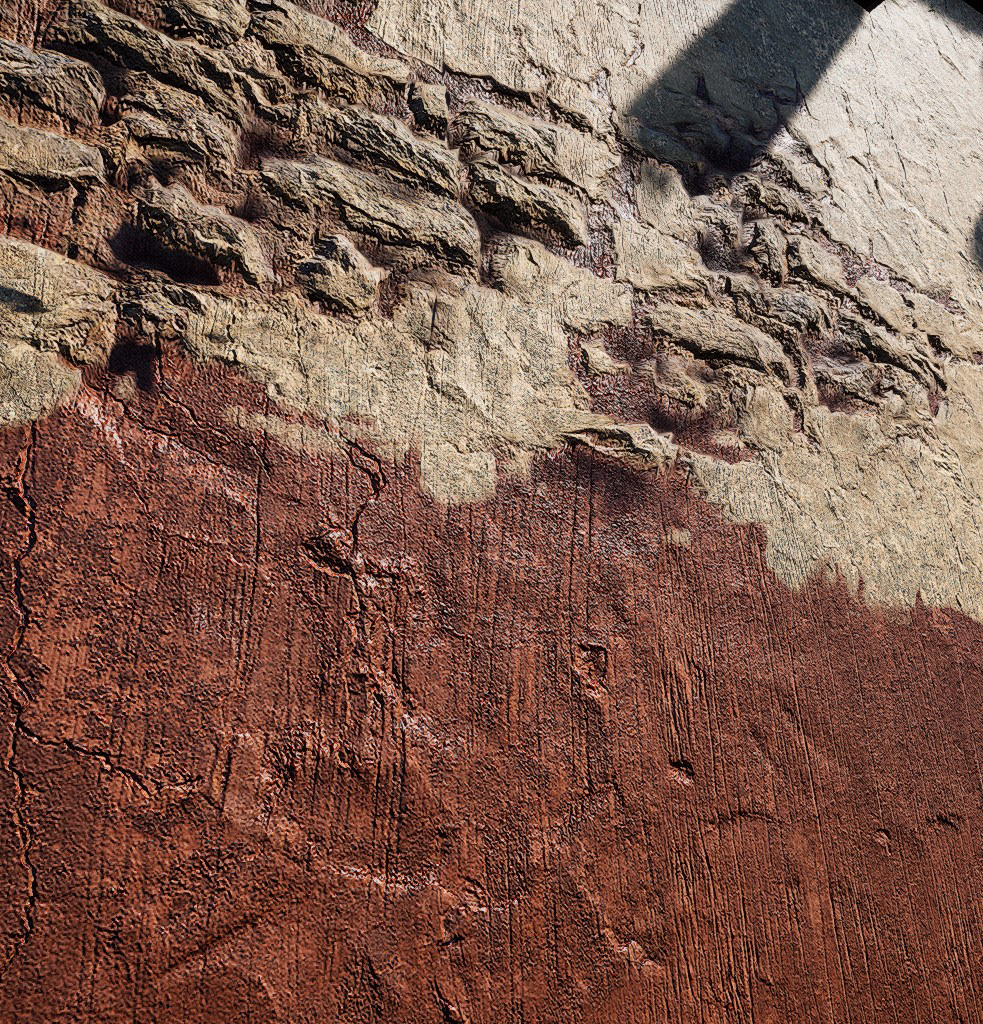
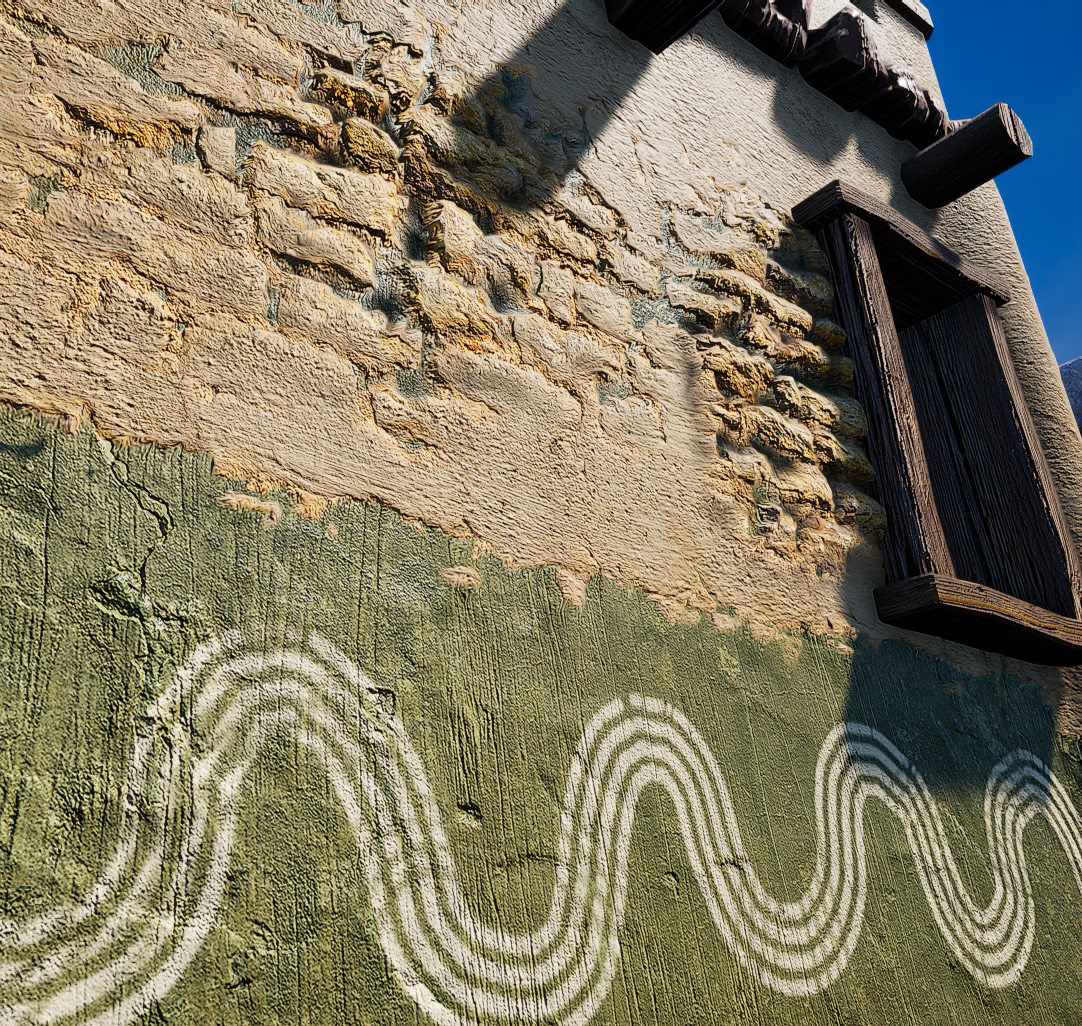
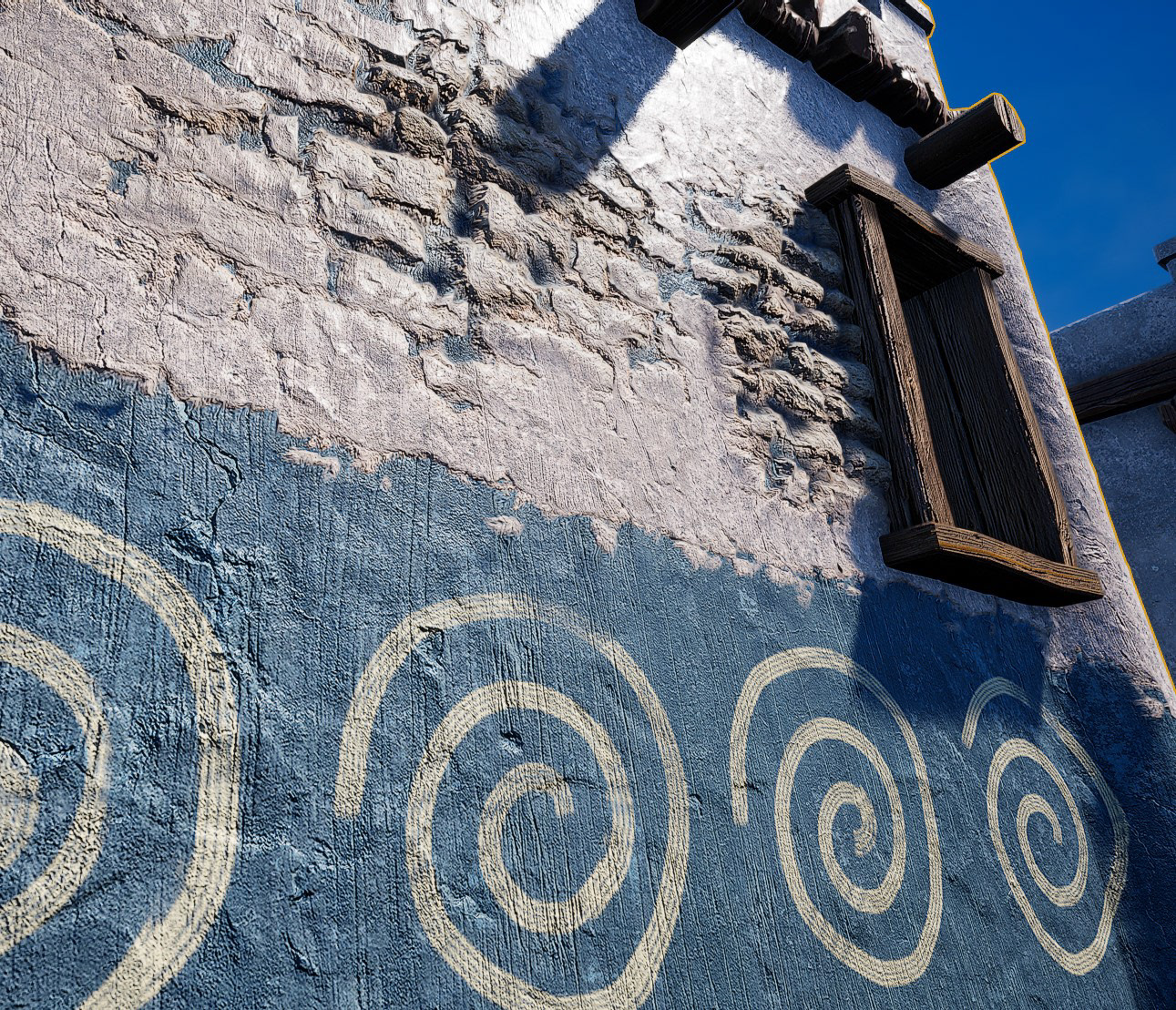
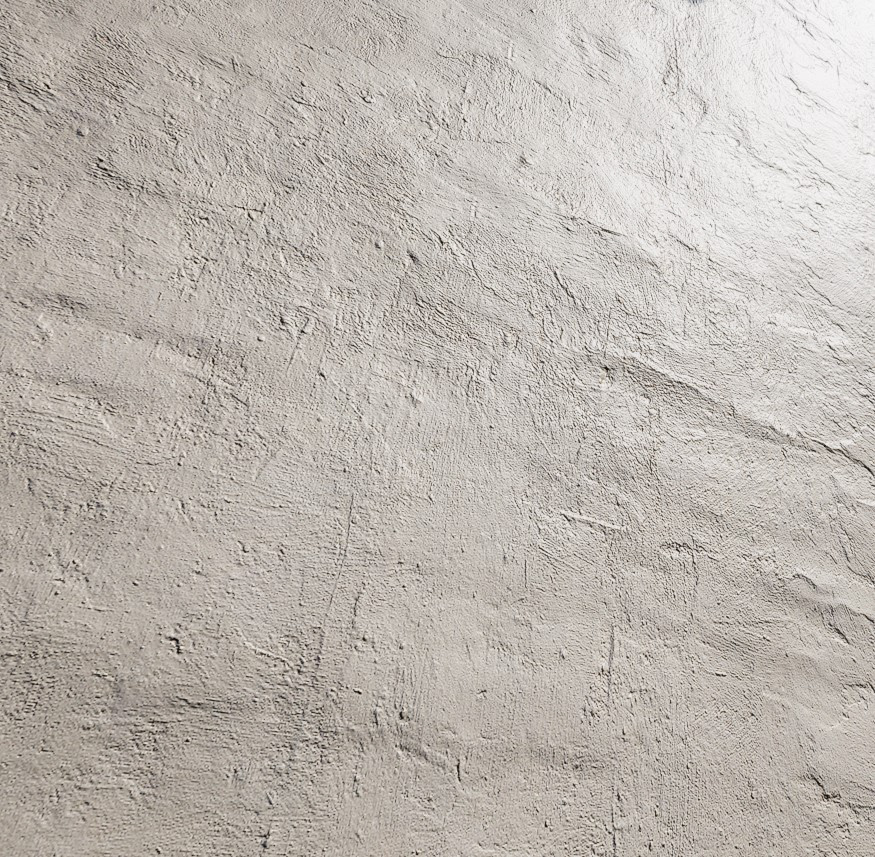
Vertex Paint Master Material

